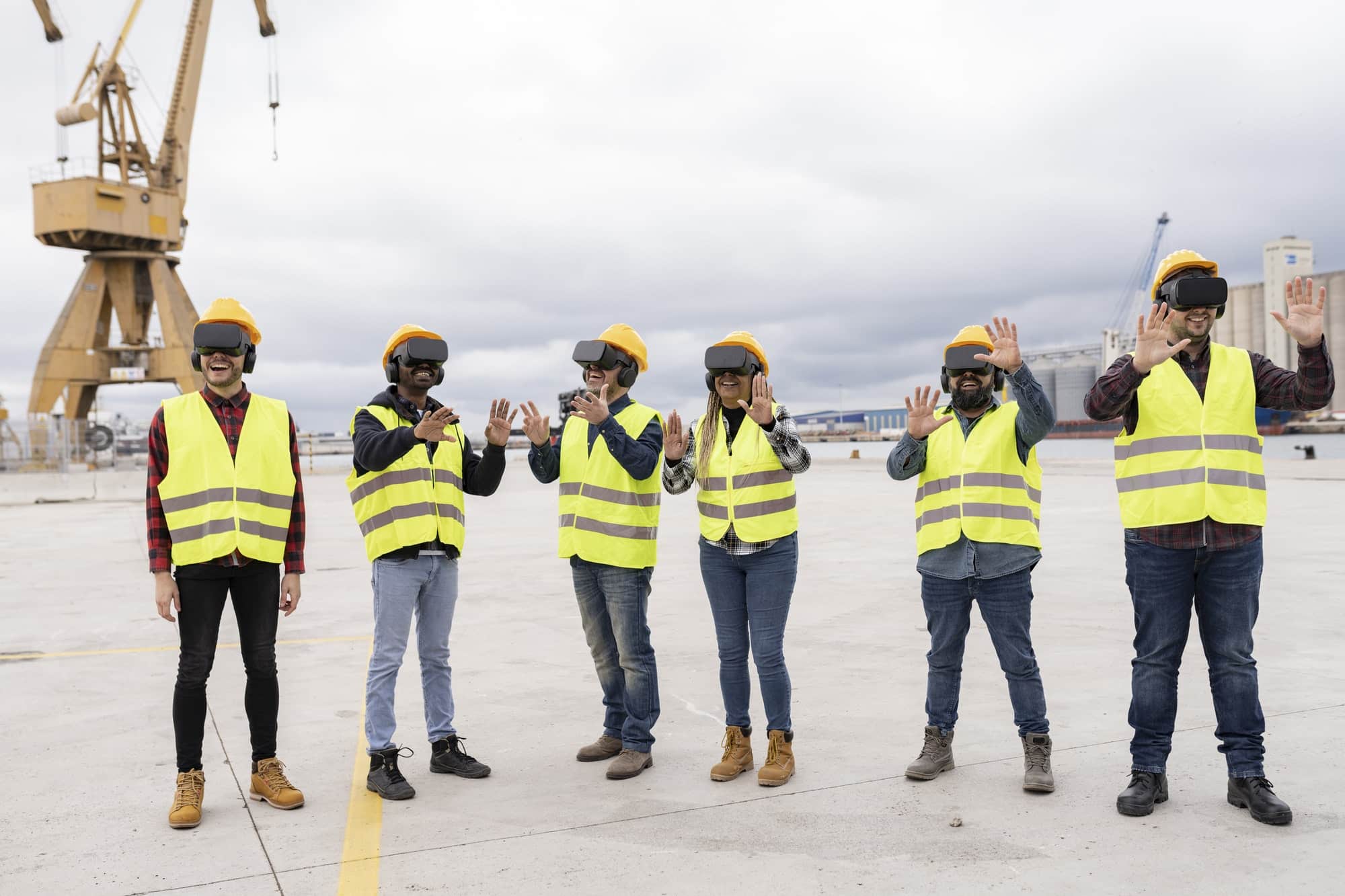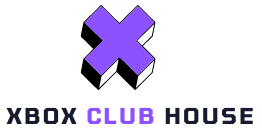How to Use Gamification to Boost Employee Training Engagement in UK Companies?

The world of employee training is undergoing a revolution. The days of tedious PowerPoint presentations and droning lecturers are fast giving way to more interactive and engaging methods. One such innovative approach that’s gaining momentum is gamification. In essence, gamification involves the application of game elements in a non-gaming context – think of it as turning work into a game. This article will delve into how you, as leaders and managers, can leverage gamification to boost your team’s learning engagement and performance.
Understanding Gamification in Learning
Firstly, it’s essential to understand what exactly gamification in learning entails. In essence, it’s about turning a learning activity into a game, with rules, points, rewards, and competition. It has emerged as a potent tool in the modern workplace, with a proven track record of enhancing employee engagement and learning.
Dans le meme genre : How Can UK Personal Finance Advisors Utilize Webinars to Attract Clients?
Gamification isn’t about turning work into frivolous play; it’s about making learning fun and engaging. Companies worldwide are increasingly turning to gamified learning approaches to transform their training programs, from onboarding new employees to upskilling existing ones. But what elements make gamification in learning so effective?
The Elements of Gamified Learning
Gamification leverages several psychosocial dynamics to engage employees, such as competition, collaboration, rewards, and feedback. They stimulate employees’ natural desire for mastery, recognition, and achievement. Let’s look at these elements in detail.
A découvrir également : How Can UK Elderly Care Homes Integrate Smart Technology to Improve Resident Comfort?
Competition
People are naturally competitive. Games create a competitive environment where employees strive to outperform their peers, translating into better learning outcomes. Leaderboards, rankings, and scores can fuel this healthy competition.
Collaboration
Games can also foster teamwork. Multiplayer games or team-based challenges require employees to collaborate to achieve common goals. Collaborative games create an environment of shared learning, facilitating knowledge transfer among team members, which can be beneficial for complex topics.
Rewards
Rewards are an integral part of any game. In a gamified learning environment, they can take various forms, from points and badges to tangible rewards like vouchers. They serve as a powerful motivator, driving employees to engage with the learning content more deeply.
Feedback
Feedback in games is immediate and clear. If you make a wrong move, you lose points or lives. This instant feedback allows employees to adjust their actions and learn from their mistakes swiftly. It also keeps them engaged and motivated to improve.
Implementing Gamification in Employee Training
Now that we’ve covered the basics of gamification and its elements let’s explore how you can implement it in your employee training programs.
Define Clear Learning Goals
Before you start gamifying your training program, you need to define clear learning objectives. What skills or knowledge do you want your employees to acquire? These goals will guide the design of your gamified training program.
Choose the Right Gamification Software
The market is awash with a variety of gamification software that you can use to turn your training program into a game-based learning experience. It’s crucial to choose one that aligns with your company’s learning needs and goals. Some software might be better suited for technical training, while others might excel at soft skill development.
Design the Game
Designing the game is perhaps the most crucial part of implementing gamification. The game needs to be engaging and fun, but it also needs to serve its purpose, i.e., achieving the learning objectives you set out. A well-designed game will have a balance of competition, collaboration, rewards, and feedback mechanisms.
Overcoming Challenges in Gamification
Despite its many benefits, implementing gamification in employee training isn’t without challenges. For instance, it can be difficult to strike the right balance between fun and learning. There’s also the risk of over-competition, which can lead to negative feelings among team members. However, with careful planning and execution, these challenges can be overcome.
Balance Fun and Learning
The key to effective gamification is striking the right balance between fun and learning. The game elements should not overshadow the learning content. Instead, they should enhance it, making it more engaging and memorable. This can be achieved by integrating the game mechanics seamlessly with the learning content.
Manage Competition
While competition can be a powerful motivator, it can also create friction and negative feelings if not managed properly. It’s essential to create a healthy competitive environment where everyone feels they have a fair chance of succeeding. This can be achieved by providing multiple paths to success and ensuring that the game is inclusive and accessible to all employees.
Remember, the goal of gamification isn’t to create winners or losers but to enhance learning and engagement. By understanding and effectively leveraging the elements of gamified learning, you can transform your employee training programs and foster a culture of continuous learning in your workplace. By doing so, you’re not just investing in your team’s professional development, but you’re also setting your business up for long-term success.
Examples of Successful Workplace Gamification
To better understand how gamification can energise your employee training initiatives, let’s delve into a few examples of successful workplace gamification.
Deloitte Leadership Academy
Deloitte reinvented their Leadership Academy by introducing gamification elements like badges, leaderboards, and rankings. The result? A 37% increase in the number of users who returned to the site daily.
Google’s Code Jam
Google’s Code Jam competition invites programmers worldwide to solve algorithmic puzzles — an example of employee gamification to encourage learning and engagement. The winner not only receives a hefty cash prize but also an invitation to Google’s headquarters.
McDonald’s Tills Game
McDonald’s UK used an online game to train their employees in the new till system. The game replicated real-time scenarios, allowing employees to familiarise themselves with the new system in a fun, risk-free environment. The result was a significant reduction in the time spent on compliance training.
These examples show how gamified training can effectively boost employee engagement and learning. When done right, gamification in business can deliver powerful results.
Evaluating the Success of Gamification in Your Training Programs
Once you’ve implemented gamification in the workplace, it’s important to evaluate its effectiveness. Are you achieving your learning objectives? Is it boosting employee engagement? There are several ways to measure this.
Feedback from Employees
One of the most direct ways to gauge the effectiveness of your gamified training program is to solicit feedback from your team members. You can do this through surveys, one-on-one interviews, or group discussions. Ask about their experience with the game, what they liked, what they didn’t, and whether they feel it improved their learning.
Learning Outcome Assessment
You can also assess the learning outcomes. Are employees able to apply what they learned from the game in their work? To measure this, you can use assessments, quizzes, real-life tasks, or observing the employees in action.
Engagement Metrics
Finally, you can look at engagement metrics. This could include how often employees log in, how long they spend on the game, how many points or badges they’ve earned, and how many tasks they’ve completed. These metrics can give you a clear picture of how engaged your employees are with the training program.
Measuring the success of your gamification efforts will help you refine and improve your approach, ensuring you get the most out of your investment in gamified learning.
In Conclusion
The world of employee training is changing, and gamification is leading the charge. By turning work into a game, you can boost employee engagement, improve learning outcomes, and ultimately, drive business performance. However, successful gamification requires careful planning, execution, and evaluation.
Remember, the goal of gamification is not just to make work fun. It’s about unlocking the full potential of your team by creating a positive and engaging learning environment. By incorporating game elements into your training programs, you can foster a culture of continuous learning and prepare your team for the challenges of tomorrow.
As we look to the future, it’s clear that gamification will continue to play a significant role in employee training. As a leader or manager in a UK company, the time to start experimenting with gamification is now. It’s time to make learning fun again. The benefits of gamification await – are you ready to play?
